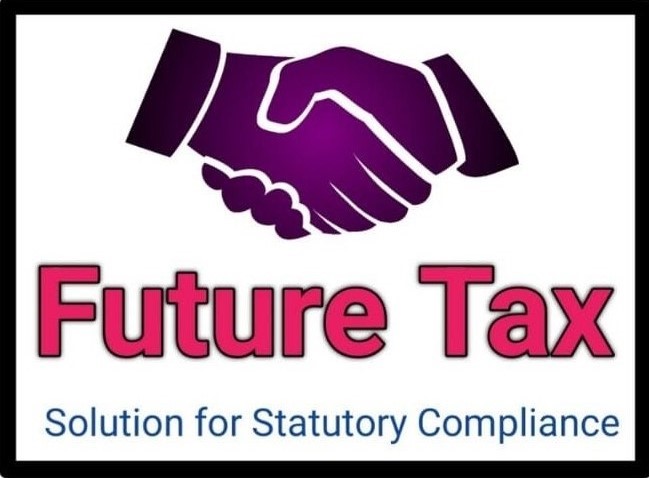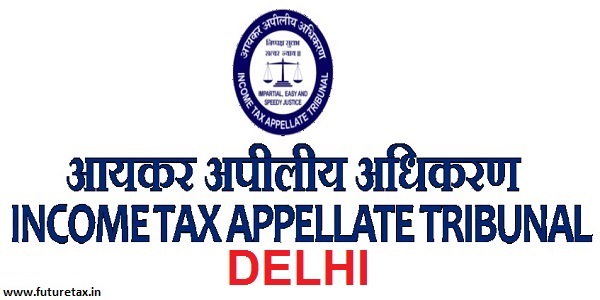
The Complete Guide to Sole Proprietorship: Is It the Right Choice for You?
- Start Business
- August 25, 2024
- No Comment
- 309
- 10 minutes read
The Complete Guide to Sole Proprietorship: Is It the Right Choice for You?
Introduction
Starting your own business is a big decision, and choosing the right business structure is one of the most important steps you’ll take. Among the various options, sole proprietorship stands out as the most straightforward. But is it the right choice for you? This guide will walk you through the ins and outs of being a sole proprietor, helping you weigh the pros and cons so you can make an informed decision.
Chapter 1: Understanding Sole Proprietorship
- What is a Sole Proprietorship?
- Definition and basic concept.
- How it compares to other business structures like LLCs and corporations.
- Common examples of sole proprietorships (e.g., freelancers, consultants, small retail shops).
- How Sole Proprietorship Works
- Ownership structure: One person owns and runs the business.
- How profits and losses are treated.
- Overview of legal and financial responsibilities.
Chapter 2: The Advantages of Sole Proprietorship
- Ease of Formation
- Minimal legal formalities and paperwork.
- Lower startup costs compared to other business structures.
- No need for separate business tax filings—just personal income tax.
- Complete Control Over the Business
- Decision-making power rests entirely with the owner.
- Flexibility to change the business direction without needing approval from partners or shareholders.
- Direct Tax Benefits
- Simpler tax filing process (Schedule C on personal tax return).
- Pass-through taxation: Profits are taxed once, at the owner’s personal income tax rate.
- Potential deductions for business expenses, including home office, travel, and supplies.
- Privacy and Minimal Regulation
- No requirement to publicly disclose financial information.
- Fewer regulations and compliance requirements than corporations or LLCs.
- Personal Satisfaction and Fulfillment
- Personal connection to the business’s success.
- Opportunity to build a business that aligns with your values and goals.
Chapter 3: The Disadvantages of Sole Proprietorship
- Unlimited Personal Liability
- The owner is personally liable for all business debts and legal actions.
- Risk to personal assets like your home, car, and savings if the business faces financial trouble.
- Difficulty in Raising Capital
- Challenges in obtaining loans or attracting investors due to the lack of separate business credit.
- Limited options for selling equity or shares in the business.
- Burden of Sole Responsibility
- The owner must handle all aspects of the business, from management to marketing.
- The potential for burnout due to the lack of shared responsibility.
- Limited Growth Potential
- Scaling the business may be challenging due to limited resources and support.
- Difficulty in expanding beyond a certain point without restructuring.
- Continuity and Succession Issues
- The business may cease to exist if the owner becomes incapacitated or passes away.
- Challenges in transferring the business to a new owner or successor.
Chapter 4: Is Sole Proprietorship Right for You?
- Assessing Your Risk Tolerance
- How comfortable are you with the idea of unlimited personal liability?
- Can you afford to take on the financial risks associated with sole proprietorship?
- Evaluating Your Business Goals
- Do you plan to keep the business small and manageable?
- Are you looking for rapid growth, or is steady, controlled growth more appealing?
- Considering Your Resources
- Do you have the time, energy, and skills to manage every aspect of the business on your own?
- Are there resources available to support you, such as mentors, advisors, or family?
- Thinking About the Future
- What are your long-term plans for the business?
- Would you eventually want to bring in partners, or is sole ownership essential to your vision?
Chapter 5: Alternatives to Sole Proprietorship
- Limited Liability Company (LLC)
- Benefits and drawbacks of forming an LLC.
- How an LLC compares to sole proprietorship in terms of liability, taxes, and management.
- Partnership
- Different types of partnerships (general, limited, limited liability).
- How partnerships distribute responsibility and profits among owners.
- Corporation
- The structure of a corporation and how it differs from sole proprietorship.
- The pros and cons of incorporating your business.
- When to Consider Transitioning to Another Business Structure
- Signs that it might be time to switch from sole proprietorship to an LLC, partnership, or corporation.
- The process of transitioning and the potential impact on your business.
Chapter 6: How to Start a Sole Proprietorship
- Step-by-Step Guide to Setting Up Your Sole Proprietorship
- Choosing a business name and checking for availability.
- Registering your business with local authorities.
- Obtaining necessary licenses and permits.
- Setting up a business bank account.
- Managing Finances as a Sole Proprietor
- Tips for separating personal and business finances.
- How to track income and expenses for tax purposes.
- Importance of budgeting and cash flow management.
- Protecting Yourself and Your Business
- How to minimize personal liability (e.g., insurance, contracts).
- Importance of understanding legal obligations and compliance.
- Tips for safeguarding intellectual property.
Chapter 7: Real-Life Stories of Sole Proprietors
- Success Stories
- Interviews or profiles of successful sole proprietors.
- Insights into their journeys, challenges, and strategies for success.
- Lessons Learned from Failures
- Cautionary tales from sole proprietors who faced difficulties.
- What went wrong and how they could have avoided common pitfalls.
Chapter 8: Conclusion
- Summing Up the Pros and Cons
- Recap of the key advantages and disadvantages discussed.
- Final thoughts on whether sole proprietorship is the right choice for different types of entrepreneurs.
- Next Steps
- Encouragement to take the next step, whether that’s starting a sole proprietorship or exploring other options.
- Resources for further reading and support.
Additional Resources
- Links to Helpful Tools and Resources
- Websites, books, and courses for aspiring sole proprietors. www.futuretax.in
- Templates for business plans, contracts, and financial tracking.
- FAQs
- Answers to common questions about sole proprietorship.
- Clarifications on legal, financial, and operational aspects.




